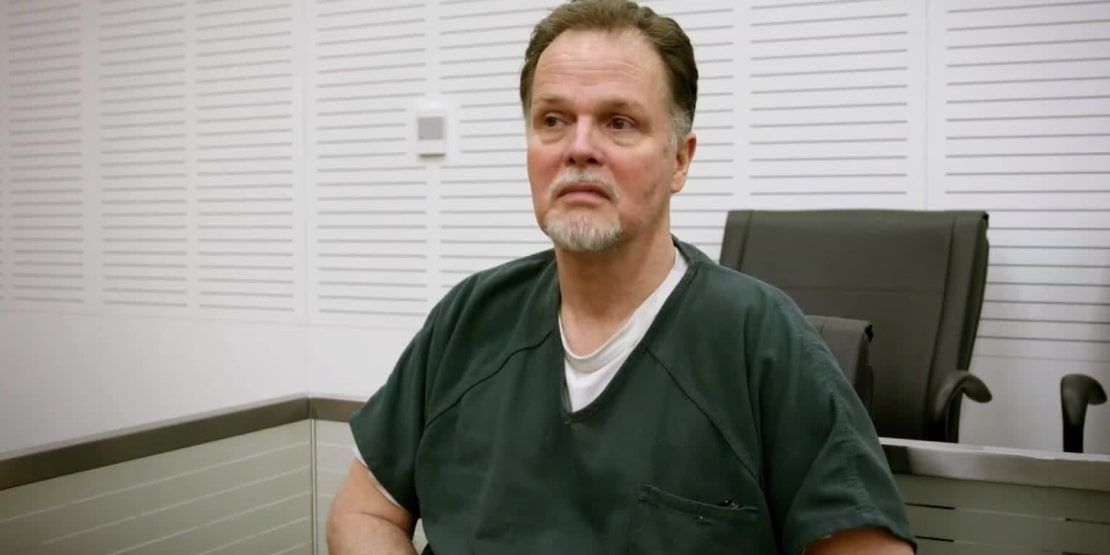In February 2010, Joseph McStay, his wife Summer, and their two sons, Gianni and Joseph Jr., were reported missing from their home in Fallbrook, California. Initially, authorities suspected the family had left voluntarily, but the case took a turn in November 2013 when their remains were discovered in the Mojave Desert. By then, little physical evidence remained, yet circumstantial findings pointed toward Joseph’s business associate, Charles “Chase” Merritt. What followed was a prolonged and highly contested trial, where the defense challenged much of the prosecution’s narrative. ID’s ‘Two Shallow Graves: The McStay Family Murders’ explores the trial and Chase Merritt’s eventual conviction.
Chase Merritt Had Multiple Criminal Convictions Before He Began Working for Joseph McStay
According to records, Charles “Chase” Merritt spent most of his life in California. After completing high school, he briefly attended college for two years before shifting paths and beginning work as a contractor in ornamental metals. However, his history also included a series of criminal charges. He was convicted of burglary and petty theft in 1977, with further similar charges appearing in 1978, 1985, 1987, and 1988. The last known case came in 2001, when he was accused of stealing $32,000 worth of welding and drilling equipment from San Gabriel Valley Ornamental Iron Works in Monrovia. Chase later claimed he had turned his life around, largely due to personal circumstances, and sought to live more cleanly thereafter.
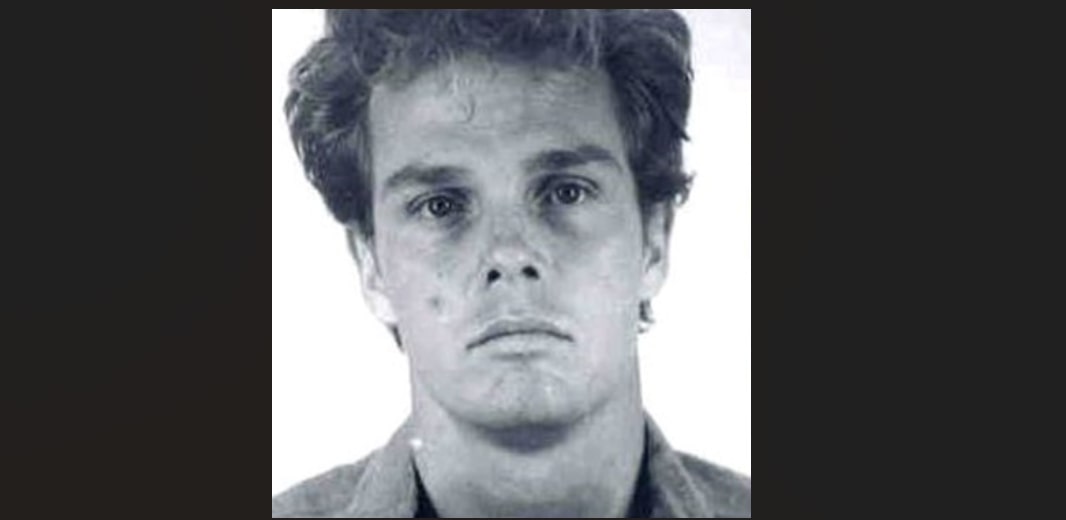
Chase was in a relationship with Catherine Jarvis, with whom he shared three children. The family lived in Southern California, and by 2010, he had begun working for Joseph McStay’s company, Earth Inspired Products, which specialized in decorative waterfalls. His role focused on welding and metalwork for the business. Chase stated that he and Joseph were very close, spoke multiple times a day and frequently visited each other’s homes. He described Joseph as more than just a business partner, saying that he considered him a companion. On February 4, 2010, the McStay family was last seen, and Chase claimed to have met Joseph that day. In a 2014 CNN interview, he stated that he was “definitely” the last person to see Joseph.
Chase Merritt’s Cellphone Records Cast the First Shadow of Suspicion on Him
Joseph McStay, his wife Summer, and their two sons, Gianni and Joseph Jr., were reported missing by Joseph’s brother, Michael McStay, on February 15, 2010. During the initial investigation, Chase Merritt was present at the McStay home when police executed a search warrant and remained in contact with the family throughout this period. He also underwent a polygraph test, which he reportedly passed. However, the case took a turn on November 11, 2013, when the remains of the family were discovered in a desert area near Victorville, California. Investigators began closely examining the backgrounds of those connected to the McStays, and Chase emerged as a prime suspect.
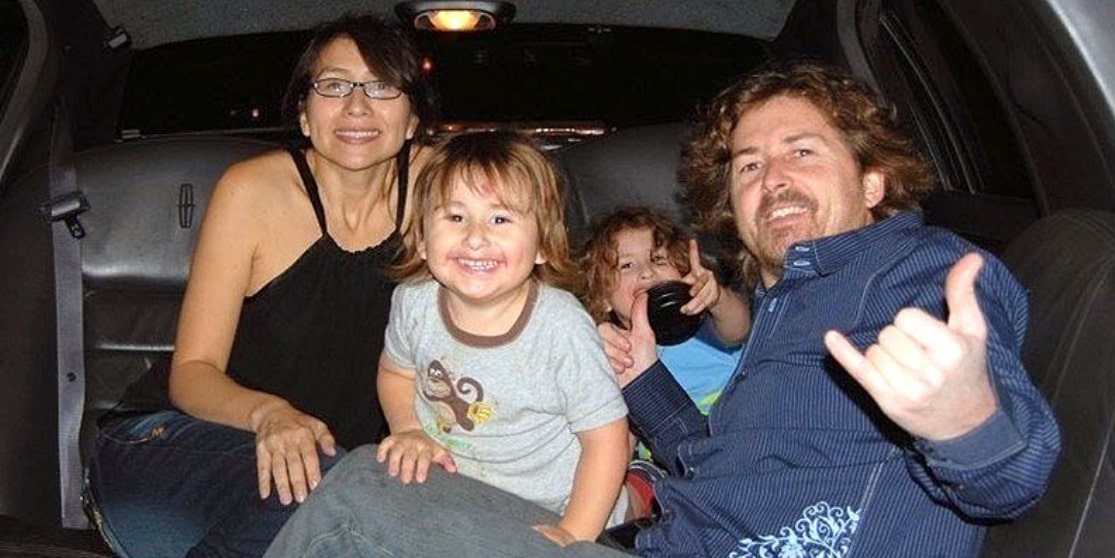
They discovered that on February 4, 2010, a call was made from Joseph’s phone to Chase’s, but it went unanswered. The prosecution later alleged that Chase was making the call. Authorities uncovered that, prior to February 4, Chase had written several checks to himself from Joseph’s company. Additional evidence soon placed Chase under further scrutiny. On February 8, 2010, he called a QuickBooks (accounting software) representative, requesting that all online transactions be deleted. Chase later claimed he did this at Joseph’s request to keep financial records private, and they had merely been transferred to the latter’s desktop.
That same day, the McStays’ car was discovered abandoned in a strip mall parking lot in San Ysidro, near the US-Mexico border. Prosecutors presented testimony that trace DNA consistent with Chase Merritt was located inside the vehicle of the McStay family. However, the defense later challenged the significance of this finding. Perhaps the most incriminating evidence was cell phone data showing his phone pinging off a tower near the family’s desert gravesite on February 6, 2010. Based on these findings, on November 5, 2014, Chase was arrested and charged with four counts of first-degree murder.
Chase Merritt’s Defense Team Put Up a Lengthy Fight at the Trial
Chase Merritt’s trial faced multiple delays, largely due to procedural issues and his frequent changes of legal counsel. It wasn’t until January 2019 that proceedings finally began, and the trial turned out to be a lengthy one. A key element of the defense was testimony from Catherine Jarvis, Chase’s partner, who stated that he was at home with her on the night of February 4, 2010. However, his phone records showed a gap of three to four hours during the period prosecutors believed the killings occurred. Catherine’s phone records showed that she had tried calling him several times in that window without success. His eldest daughter, Taylor Jarvis, also testified, insisting that her father was with the family during that time.
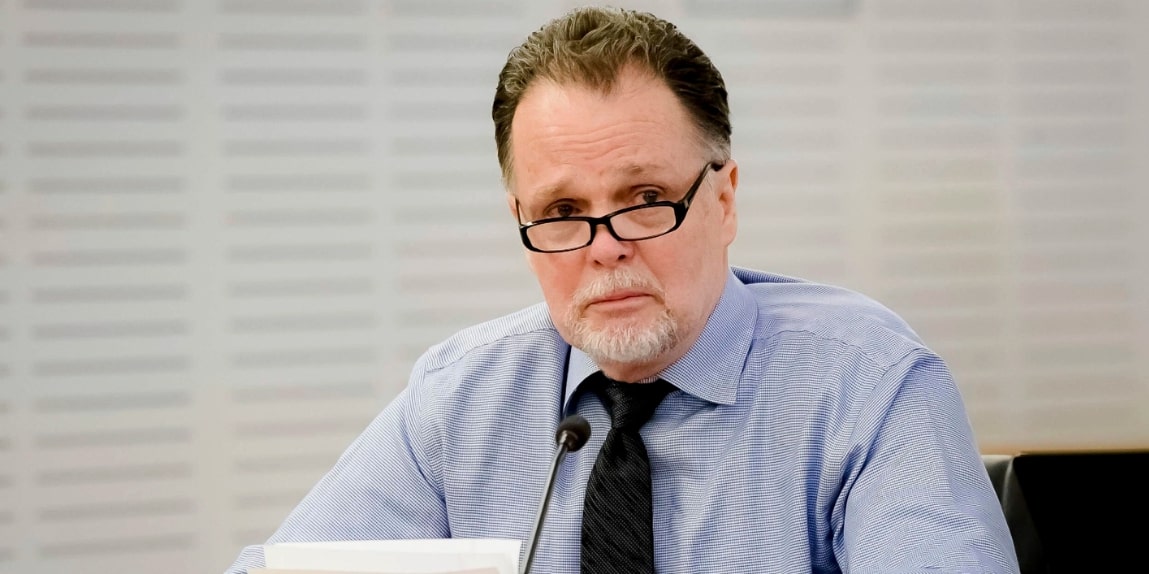
Another line of defense presented by Chase’s attorneys focused on cellphone tower data. They argued that his phone activity suggested he may have been visiting his sister, Juanita Merritt, whose home was located on the opposite side of the tower. Juanita supported this claim in court, but prosecutors countered with a 2010 interview in which she had allegedly told investigators she hadn’t seen her brother in about five years. The defense explained this inconsistency by pointing to past family tensions with law enforcement, noting that Chase’s brother, Bennett Merritt, had once been falsely suspected of being the Hillside Strangler, which made Juanita mistrustful and dishonest with police.
The defense also attempted to shift suspicion toward Dan Kavanaugh, another employee of Joseph McStay, arguing that investigators had failed to examine him thoroughly. He was, however, never considered a suspect nor charged with any wrongdoing. Meanwhile, the prosecution presented video evidence of a white vehicle partially captured leaving the McStay residence on February 4, 2010. Forensic experts testified that the vehicle possibly matched Chase’s truck. However, the defense countered with their own expert, a former prosecution witness, who later revised his opinion and stated the evidence could not definitively tie Chase’s truck to the scene. This dispute even led to a Brady violation hearing over the handling of the evidence, though no misconduct was ultimately found. Throughout the trial, the defense maintained that the investigation was biased and alleged that detectives fixated on Chase while neglecting other potential leads.
Related
Chase Merritt is Serving His Sentence Today
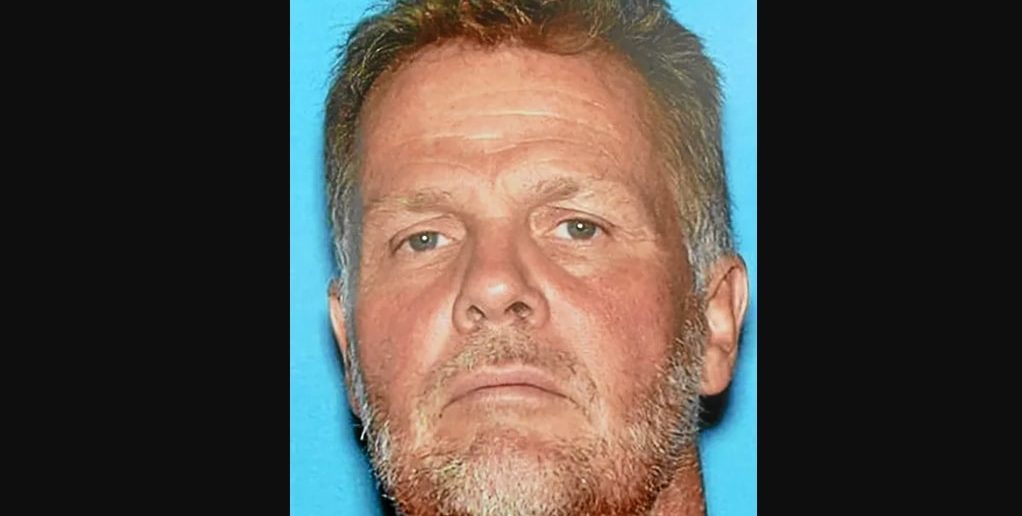
On June 10, 2019, Chase Merritt was convicted on four counts of first-degree murder and sentenced to three death sentences plus life without parole. The court upheld the verdict in January 2020. At sentencing, he addressed the court, insisting he had been wrongfully convicted. He quickly filed an appeal, citing ineffective counsel, and even sought to dismiss one of his attorneys; however, his requests were denied, and his conviction remained in place. Although California currently has a moratorium on executions, meaning no death sentences are being carried out, Chase still remains on death row. Now 68 years old, Chase is incarcerated at Richard J. Donovan Correctional Facility in San Diego, California.

